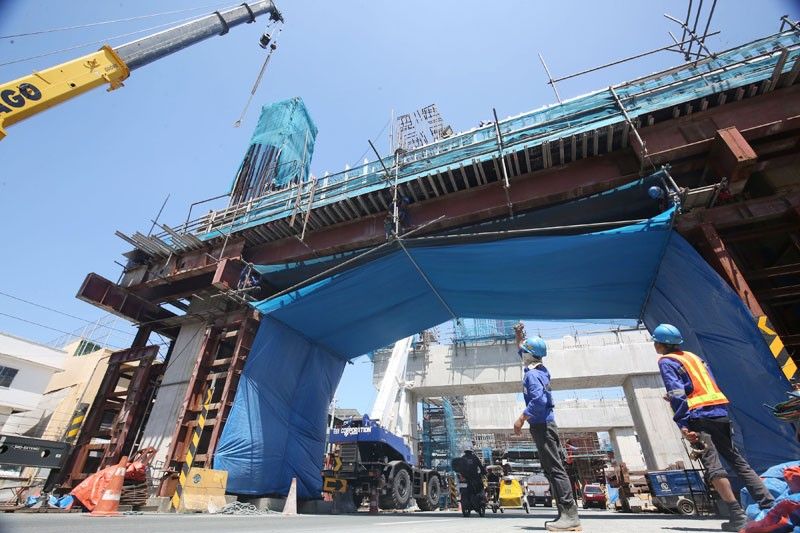ADB sees host country lagging behind peers in recovery

MANILA, Philippines — The Philippines will be developing Asia’s worst economic performer this year as failure to contain the spread of coronavirus spelled the country’s divergent fate from most peers.
In an update to its “Asian Development Outlook” report released Thursday, the Manila-based lender now expects the economy to contract 8.5% year-on-year in 2020, more pessimistic than the 7.3% slump seen last September.
“The GDP forecast for 2020 is downgraded to 8.5% contraction because household consumption and investment have fallen more than expected,” ADB said. For 2021, annual growth of 6.5% was retained.
The latest projection was one of the three in Southeast Asia downgraded by the multilateral agency, and also represented the biggest change from 3 months ago. Apart from the Philippines, Malaysia’s output is also forecast to drop a bigger 6% from 5% initially, while that from Indonesia would shrink 2.2% from 1%.
All three economies, however, would fare worse than the entire Southeast Asia. The region’s economy is poised to contract 4.4%, according to ADB, deeper than the 3.8% seen last September. The bigger developing Asia with 46 economies had a better forecast at 0.4% drop from 0.7%, with Philippines at the bottom.
For most part, ADB said the diverging expectations in emerging economies were largely dependent on how much of them have reopened. Simply put, nations with looser lockdowns that allowed people to roam around are likely to rebound faster than those with stringent restrictions in place. Prohibitions themselves hinged heavily on how quick authorities get coronavirus under control.
“Variation in the intensity of containment reflects the state of outbreaks in different economies,” ADB said.
Broadly speaking, Central, South and Southeast Asia, where the Philippines is located, are considered still enforcing stricter restrictions as outbreaks have reemerged and therefore, critically derailing economic activity like tourism and trade. “Regional merchandise exports have rebounded quickly, but recovery in tourism is taking much longer,” ADB said.
Kazakhstan in Central Asia, for instance, would lose 3.2% of gross domestic product this year, followed by a slower 2.8% growth in 2021.
In India, the biggest in South Asia, prospects got a bit better with a projected slump of 8% from 9% previously. Next year, a bounce-back of a similar magnitude would mean losses fully getting recovered.
On the flip side, economies at East Asia and the Pacific would reap the benefits of more relaxed quarantines. China, where coronavirus originated, would see faster growth of 2.1% this year from 1.8% considered initially. This will be followed by a massive 7.7% rebound in 2021.
Similarly, South Korea, which was applauded for getting the virus under control early, would shrink shallower at 0.9% this year from 1% seen last September, ADB said. GDP expansion of 3.3% was kept steady for next year.
In Southeast Asia, Vietnam is poised to become the region’s leader and sole growing economy this year with 2.3% growth forecast. Thailand will contract slightly slower by 7.8%, while no change is seen in Singapore’s GDP slump of 6.2%.
Unlike virus, inflation under control
“A prolonged pandemic is still the main risk to the outlook, as it can derail recovery and undermine stability in some economies,” ADB said.
“Recent progress in developing vaccines tempers this risk, but vaccines be not only safe and effective but also delivered widely in a timely way for developing economies to share equitably in the benefits,” it added.
Apart from coronavirus, the lender said geopolitical tensions before the US and China continued loom over smaller economies. Meanwhile, slower growth means inflation is less of a concern in developing Asia where it is seen to average 2.8% this year and a slower 1.9% in 2021, also due to lower oil prices.
For the Philippines, consumer prices may tick up 2.4% year-on-year in 2020, slower than the original 2.5% last September. Inflation may slightly pick up to 2.6% next year with economic revival. Southeast Asia’s average inflation would be slower at 1.2% and 2.2%, respectively.
- Latest
- Trending































